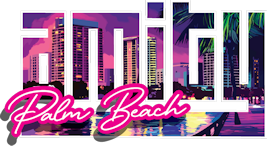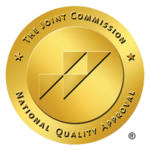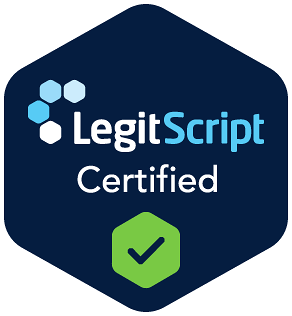Drug rehabilitation costs vary dramatically across the United States, with treatment expenses ranging from $3,000 to $80,000 depending on program type and duration.
Many people wonder how much are drug rehab centers before seeking help. We at Amity Palm Beach understand that financial concerns often prevent individuals from accessing life-saving treatment.
This guide breaks down actual costs and explores practical ways to make recovery affordable for everyone.
What Drives Drug Rehab Costs
Treatment Program Type and Duration
The treatment program you select directly impacts your total expenses. Intensive outpatient programs charge between $250 to $650 per day, while partial hospitalization programs cost $350 to $450 daily. Standard outpatient therapy sessions range from $100 to $500 each, which makes them the most affordable option for mild to moderate addictions.
Residential inpatient treatment carries the highest price tag. Basic programs start at $6,000 for 30 days, while luxury facilities exceed $80,000 per month. The National Institute on Drug Abuse found that year-long methadone treatment costs approximately $4,700, which shows how medication-assisted treatment provides cost-effective long-term solutions.
Geographic Location Creates Price Variations
Location plays a major role in treatment costs across different states. California facilities charge premium rates due to high operational expenses, while similar programs in other regions cost significantly less. Treatment centers in metropolitan areas typically charge more than rural facilities (due to higher real estate and staffing costs).
State-funded programs offer the most affordable options, with some nonprofit organizations providing free treatment through grants and donations. These programs focus on essential clinical services without additional amenities.
Facility Amenities and Service Levels
Luxury rehab centers justify their $25,000+ monthly fees through premium amenities like private rooms, gourmet meals, spa services, and exclusive recreational activities. These facilities target clients who want high-end comfort during recovery.
Standard treatment facilities allocate resources toward clinical care rather than luxury features, which keeps costs between $2,000 and $25,000 per month. These centers provide the same evidence-based treatments without expensive amenities.
Insurance Coverage Affects Out-of-Pocket Expenses
Insurance coverage varies significantly by provider and policy type. The Mental Health Parity and Addiction Equity Act requires health insurance plans to cover mental health and substance use disorders in a similar way to medical and surgical benefits. Most major insurance plans now cover addiction treatment, though coverage levels differ based on your specific policy terms and chosen facility network status.
Understanding these cost factors helps you make informed decisions about treatment options that fit your budget and recovery needs.
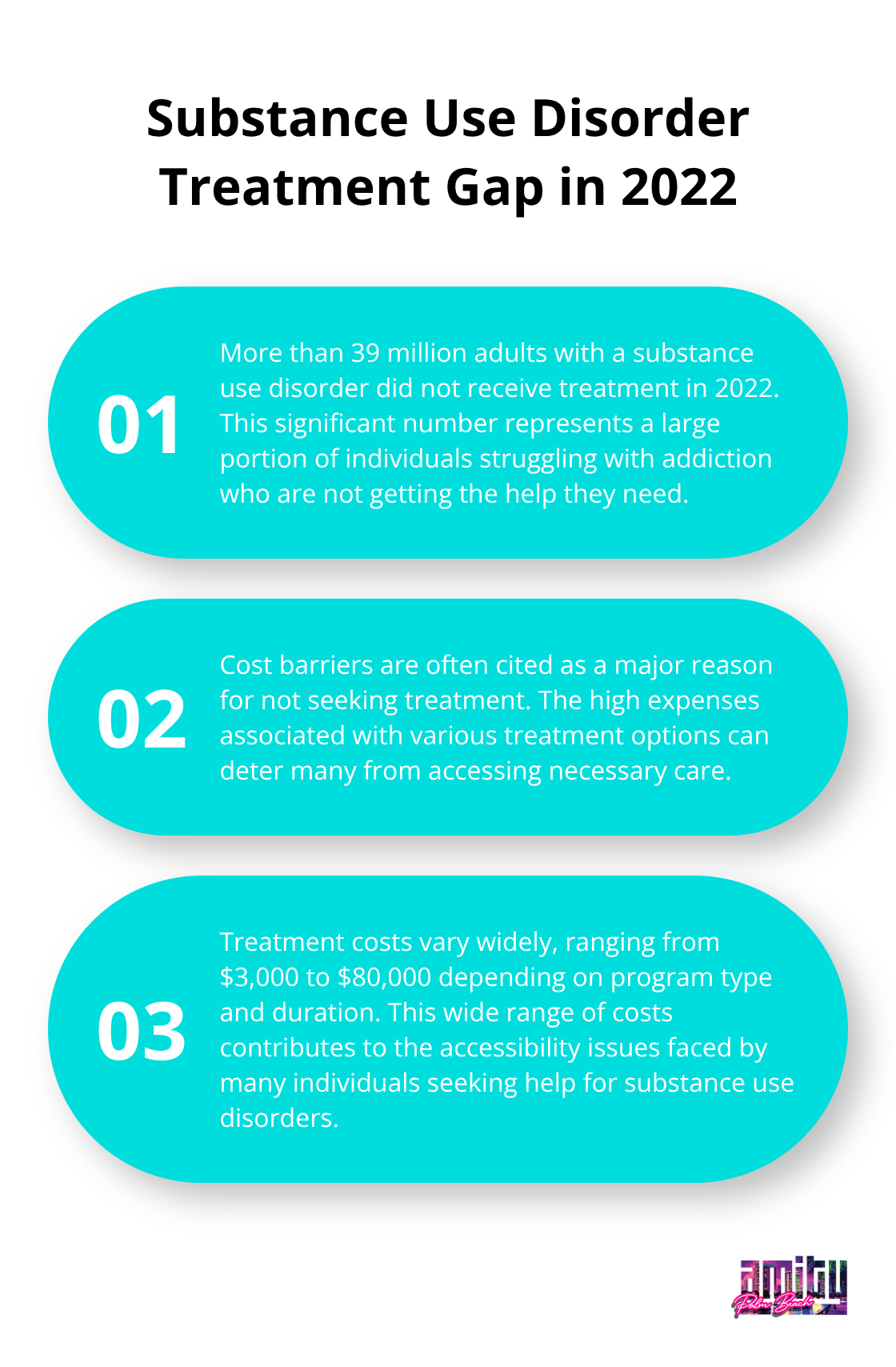
What Does Each Treatment Level Actually Cost
Outpatient Programs Range From Budget to Premium
Outpatient treatment offers the most flexible price structure for people who need to maintain work or family responsibilities. Standard outpatient therapy sessions cost between $100 to $500 each, with most programs that require two to three sessions weekly. Intensive outpatient programs charge $500 to $650 per day and typically run for 90 days, which brings total costs to $45,000 to $58,500. Partial hospitalization programs fall in the middle at $350 to $450 daily and require attendance three to five days weekly.
Most people complete outpatient programs within three months, though some extend treatment for six months or longer. More than 39 million adults with a substance use disorder did not receive treatment in 2022, often due to cost barriers in outpatient care.
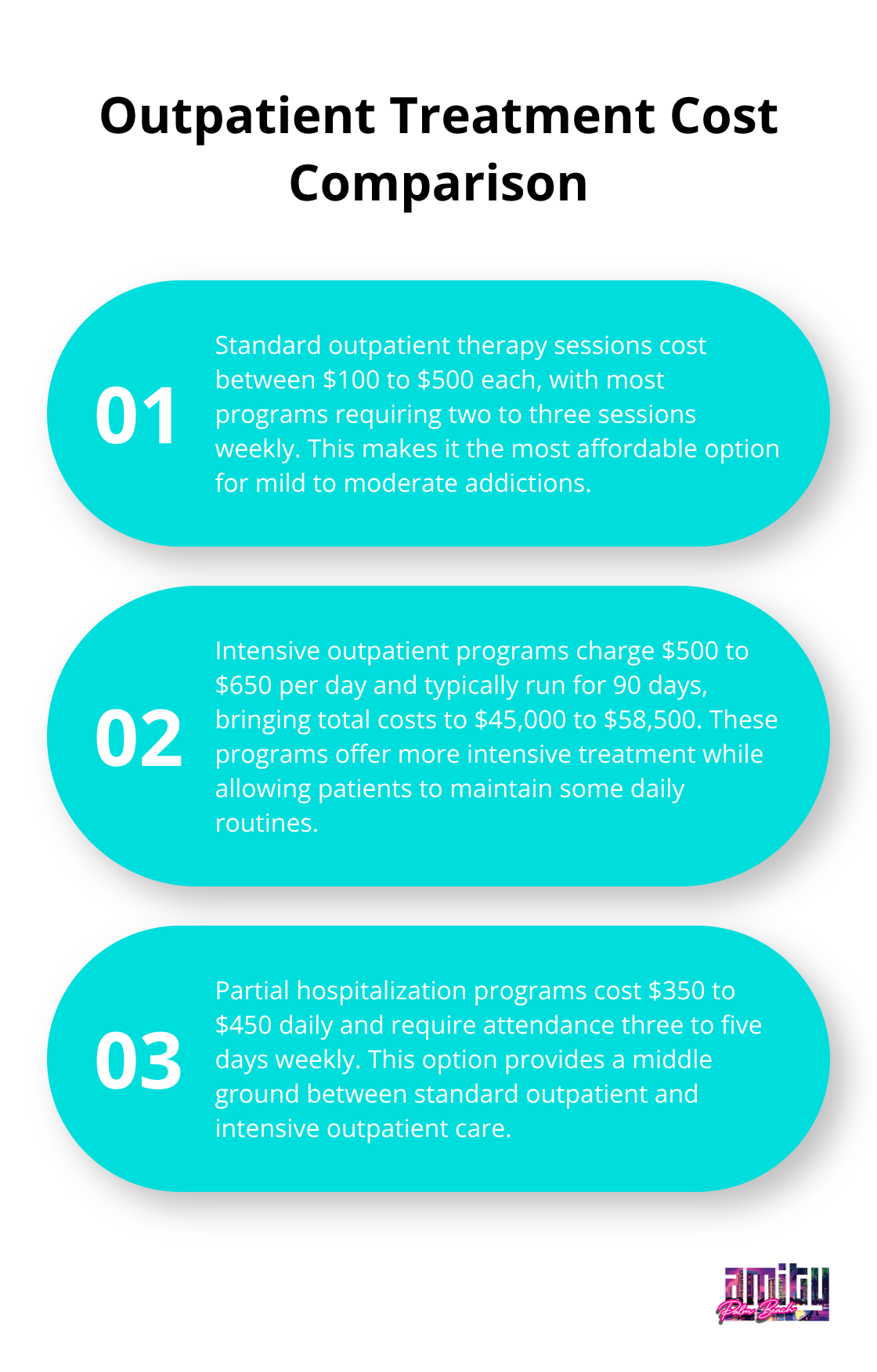
Residential Treatment Commands Premium Prices
Residential inpatient programs represent the highest treatment costs but provide 24/7 medical supervision and structured environments. Basic residential facilities charge $6,000 to $20,000 for 30-day programs, while 60 to 90-day stays range from $12,000 to $60,000. Luxury residential centers exceed $80,000 monthly and target clients who want private rooms, gourmet meals, and spa amenities alongside clinical treatment.
Studies have shown that longer treatment was associated with better outcomes in terms of decreased substance use and improved employability, which justifies higher costs through reduced relapse rates. Standard residential programs focus resources on clinical care rather than amenities and keep monthly costs between $15,000 to $25,000 while they deliver the same evidence-based therapies.
Medical Detox Requires Specialized Supervision
Medical detox costs between $250 to $800 daily, with total expenses that range from $1,500 to $4,000 based on withdrawal complexity and duration. Alcohol and benzodiazepine detox require intensive monitoring due to potentially life-threatening withdrawal symptoms, which drives costs toward the higher end. Opioid detox typically costs less but may extend longer when programs use medication-assisted treatment protocols.
Most detox programs last three to seven days, though some clients need up to two weeks for complete stabilization. Healthcare facilities charge admission fees of $3,000 to $4,000 on top of daily rates (which makes total detox expenses reach $8,000 to $15,000 for complicated cases).
These treatment costs create significant financial barriers, but various insurance plans and assistance programs can help reduce your out-of-pocket expenses substantially. Medi-Cal coverage provides one option for qualifying individuals to access addiction treatment at reduced costs.
How Can You Make Treatment Affordable
Insurance Coverage Reduces Treatment Costs
Most major insurance providers now cover substance abuse treatment under the Mental Health Parity and Addiction Equity Act, which requires health insurance plans to cover mental health and substance use disorders in a similar way to medical and surgical benefits. Blue Cross Blue Shield plans typically cover 60-80% of treatment costs after deductibles, while Aetna and Cigna provide similar coverage levels. Medicare covers detox and outpatient services at 80% after Part B deductible, and Medicaid covers comprehensive treatment at 100% for individuals who qualify.
Insurance verification takes 24-48 hours and determines your exact coverage limits, copays, and approved facility networks. The Affordable Care Act considers mental health and addiction treatment as essential health benefits, which requires certain plans to provide coverage.
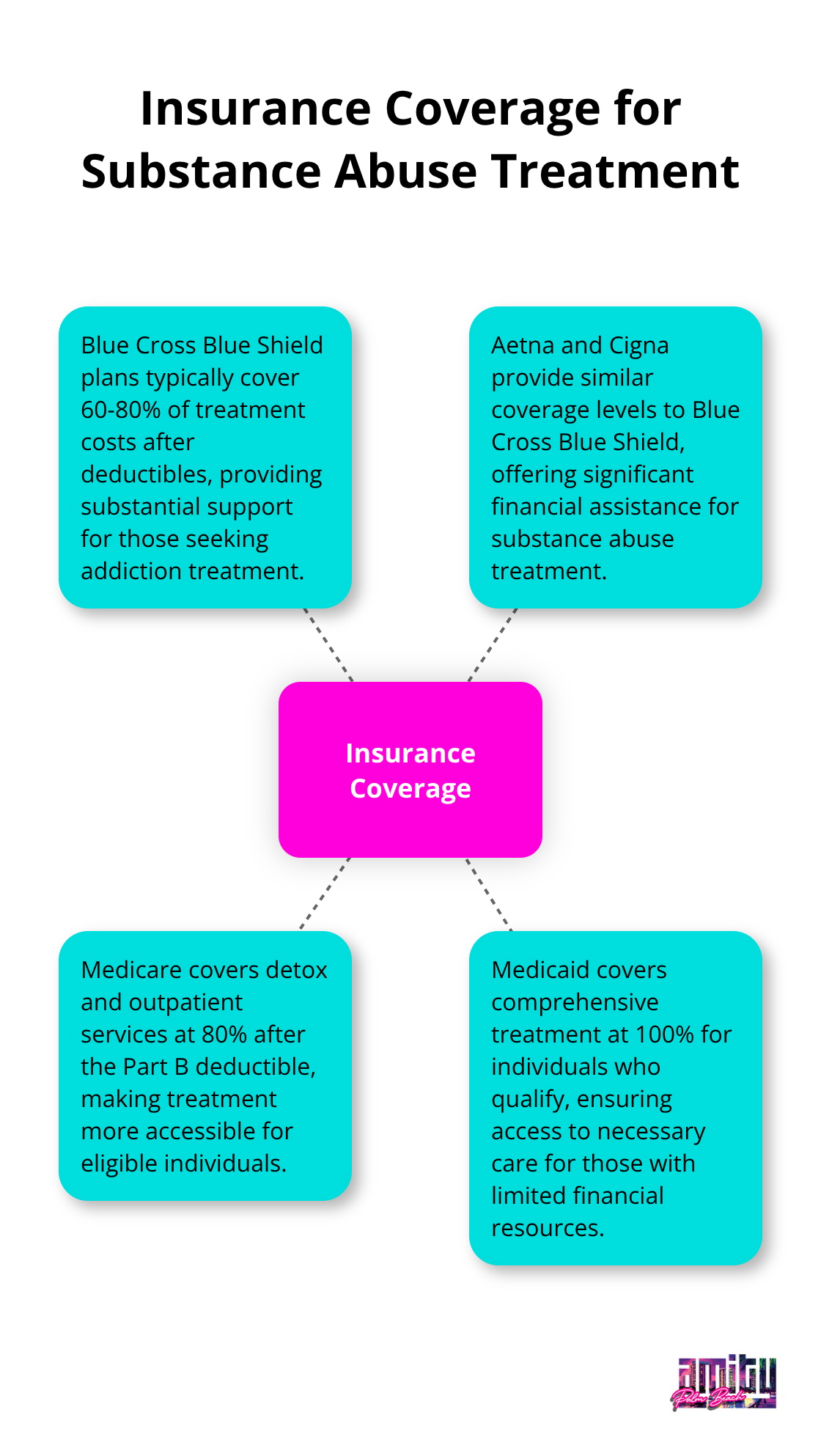
Payment Plans Break Down Large Expenses
Treatment centers offer flexible payment options when insurance falls short. Most facilities provide 12-24 month payment plans with zero interest for applicants who qualify, which breaks down $15,000 residential treatment into manageable $625-$1,250 monthly payments. Employee Assistance Programs through employers cover up to $5,000 per year for addiction treatment (though coverage varies by company policy).
Personal loans from banks average 6-12% interest rates for treatment expenses. Healthcare credit cards like CareCredit offer promotional periods up to 24 months with deferred interest options for medical expenses.
State-Funded Programs Offer Affordable Care
State-funded treatment programs charge based on income scales, with some individuals who pay as little as $50 monthly for comprehensive outpatient care. The Substance Abuse and Mental Health Services Administration operates treatment locators that identify free and reduced-cost programs in your area. Nonprofit organizations like The Salvation Army provide residential treatment at no cost, though wait lists can extend 30-90 days.
Veterans receive priority access to VA treatment programs regardless of service connection, with most services provided at no charge through specialized addiction treatment units. Government-funded drug and alcohol treatment centers operate at both state and national levels to assist individuals with limited financial resources.
Final Thoughts
Drug rehab costs should never prevent you from seeking life-saving treatment. While people ask “how much are drug rehab centers” and discover prices from $3,000 to $80,000, numerous financial solutions make recovery accessible. Insurance coverage through the Mental Health Parity Act, state-funded programs, and flexible payment plans reduce barriers significantly.
Treatment represents a sound financial investment that pays dividends over time. The average person with addiction spends over $3,000 annually on substances alone (excluding legal fees, medical bills, and lost income). Recovery programs prevent these escalating costs while they restore your earning potential and health.
We at Amity Palm Beach accept most major insurance plans and offer flexible private pay options to make evidence-based treatment accessible. Our team provides free insurance verification and confidential assessments to help you understand your coverage options. Recovery is possible for everyone, and financial concerns should never delay your path to wellness at Amity Palm Beach.
